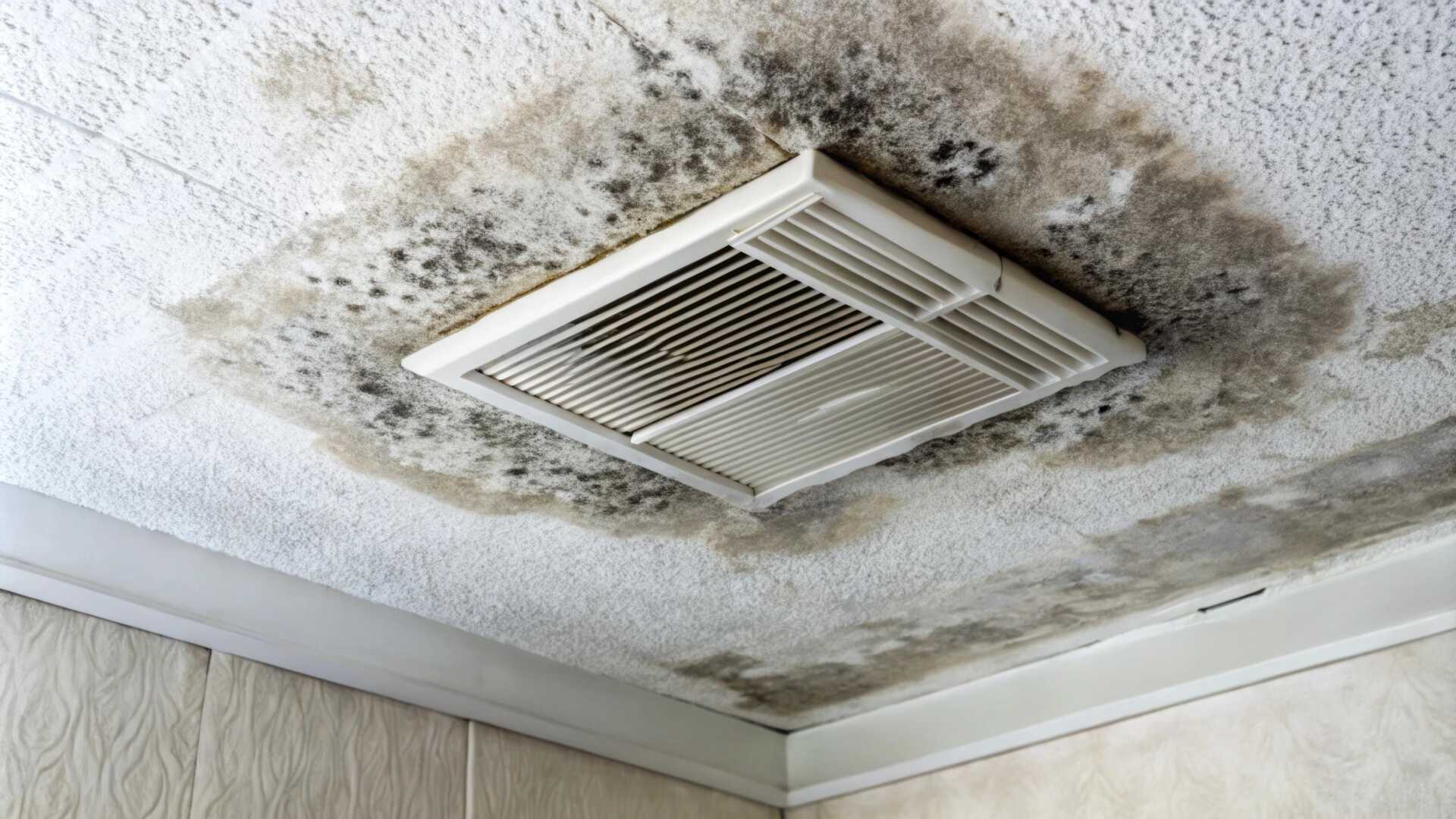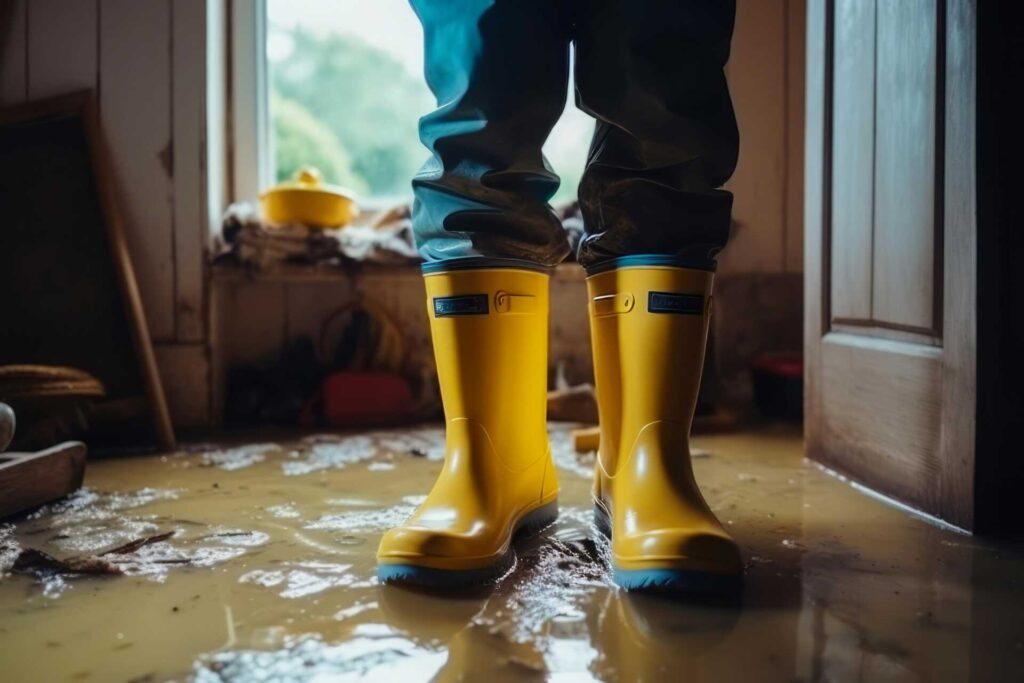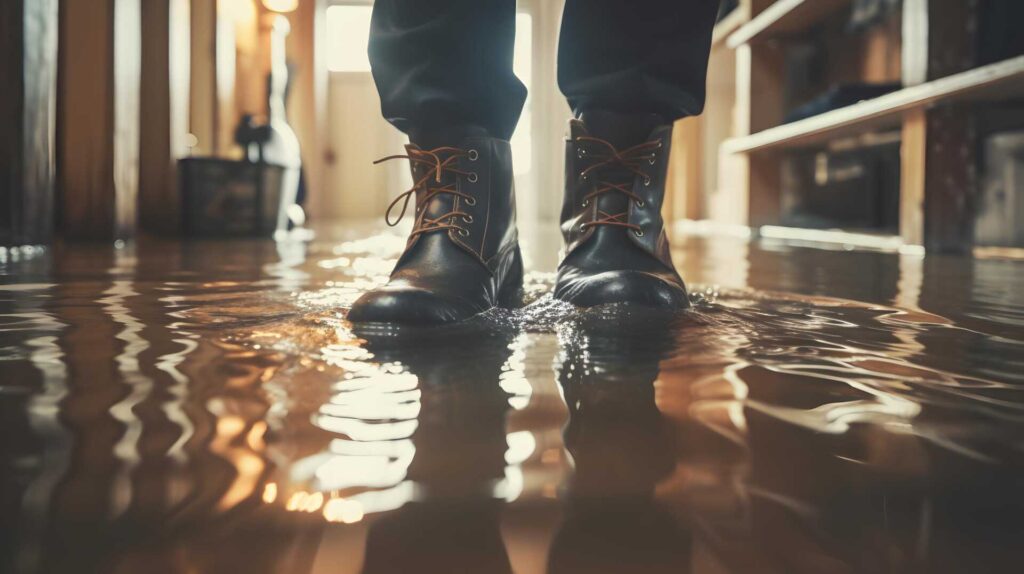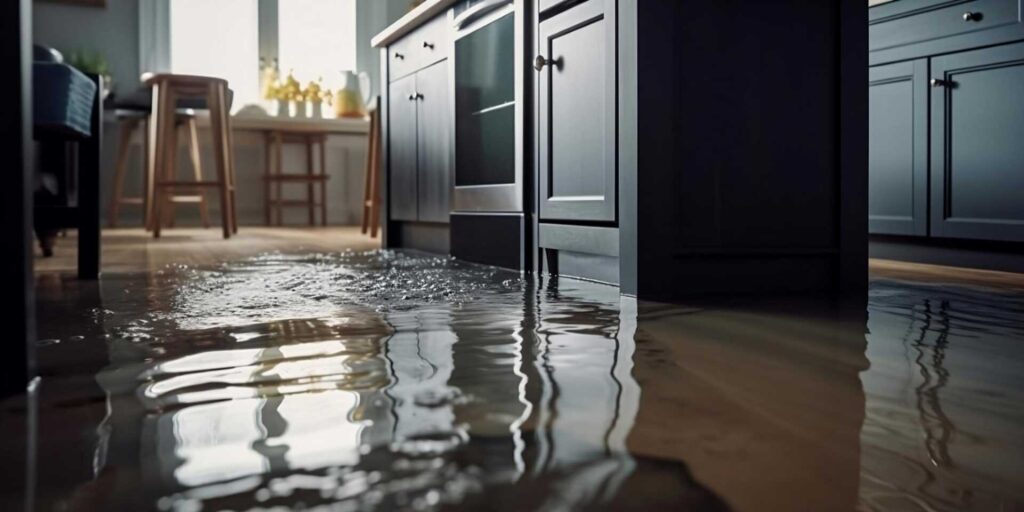Contents
Regular inspections prevent mold growth in your living or working spaces. Neglecting these routine checks could lead to a nightmare scenario of mold infestation quietly spreading throughout your environment. But why exactly are these inspections so crucial? Let’s explore the key reasons behind their importance and how they can save you from potential mold-related headaches.
Importance of Regular Inspections
Regular examinations are essential in the prevention of mold growth within your property. By conducting routine checks, you can identify and address any potential issues before they escalate into costly problems. Mold thrives in damp, dark environments, making it vital to regularly inspect areas that are prone to moisture buildup, such as bathrooms, kitchens, basements, and attics.
During these inspections, pay close attention to any signs of water leaks, condensation, or water damage. Check for musty odors, as they can indicate the presence of hidden mold. Inspect walls, ceilings, floors, and around windows for any discoloration, peeling paint, or warping, as these could be early indicators of mold growth.
In addition to visual checks, consider utilizing tools like moisture meters to detect hidden water sources that may be promoting mold growth. Make sure that your property is well-ventilated to prevent moisture buildup and create an environment that’s unwelcoming to mold spores.
Regular inspections help prevent mold and contribute to maintaining a healthy living environment for you and your family. By staying proactive and addressing any issues promptly, you can save yourself the hassle and expense of dealing with a full-blown mold infestation. Remember, prevention is crucial when it comes to mold control in your home.
Identifying Early Warning Signs
To effectively prevent mold growth in your property, it’s important to be vigilant in identifying early warning signs of potential mold issues. Mold can often go unnoticed until it becomes a bigger problem, so catching it early is key. Here are some signs to watch out for:
Firstly, keep an eye out for any musty or earthy odors in your property. These smells are often associated with mold growth and shouldn’t be ignored. If you notice such odors, investigate the source promptly.
Secondly, be mindful of any water stains or discoloration on walls, ceilings, or floors. These could indicate a water leak or excess moisture, providing a breeding ground for mold. Addressing the source of the water and cleaning up any affected areas promptly can prevent mold growth.
Additionally, pay attention to any visible mold growth. Mold can appear in various colors, including black, green, or white, and may look fuzzy or slimy. If you spot mold, it’s important to address it immediately to prevent it from spreading further.
Checking Problem Areas Regularly
Inspecting problem areas regularly is vital in maintaining a mold-free environment. By staying proactive and vigilant, you can catch any potential issues before they escalate into larger mold problems. Start by focusing on areas prone to moisture buildup, such as bathrooms, kitchens, basements, and areas near plumbing fixtures. Check for any leaks, drips, or condensation regularly, as these can create damp conditions in which mold thrives.
When inspecting problem areas, pay close attention to any musty odors or visible signs of water damage, such as discoloration on walls or ceilings. Look for any cracks or gaps in windows, doors, or walls that could be allowing moisture to seep in. Ensure that ventilation systems are functioning properly and adequately, removing excess humidity from the air.
Regularly inspecting problem areas also involves keeping an eye on household items that may be prone to mold growth, such as carpets, upholstery, and cardboard boxes. If these items become damp or wet, they should be dried promptly to prevent mold from taking hold.
In addition to visual inspections, consider using a moisture meter to detect any hidden sources of moisture in problem areas. By taking these proactive measures and regularly checking for issues, you can effectively prevent mold growth and maintain a healthy living environment for you and your family.
Understanding Mold Growth Conditions
Understanding Mold Growth Conditions is crucial for effectively preventing mold in your living environment. Mold thrives in damp, humid conditions, with temperatures between 77-86°F (25-30°C) being ideal for its growth. It also requires a food source, such as organic materials like wood, paper, or fabric, to sustain itself.
High humidity levels above 60% create a suitable environment for mold to flourish. Condensation on windows, walls, or pipes can indicate excessive moisture in your home, leading to mold growth if not addressed promptly. Leaks in plumbing, roofs, or windows should be fixed promptly to prevent water accumulation, reducing the risk of mold development.
Poor ventilation can also contribute to mold growth, as stagnant air traps moisture indoors. Areas like bathrooms, kitchens, and basements are particularly vulnerable due to higher humidity levels. Proper ventilation, such as using exhaust fans or opening windows, helps to circulate air and reduce moisture buildup, thereby inhibiting mold growth.
Regularly monitoring these conditions in your home can help prevent mold infestations. By maintaining indoor humidity levels below 60%, promptly repairing leaks, and ensuring adequate ventilation, you can create an environment that’s less favorable for mold growth. Understanding these mold growth conditions enables you to take proactive measures in safeguarding your living space.
Implementing Proper Ventilation Systems
Implementing proper ventilation systems is essential for best indoor air quality and mold prevention. Adequate ventilation plays a critical role in controlling moisture levels and preventing mold growth in your home. By ensuring proper airflow, you can reduce the accumulation of excess humidity, which is a key factor contributing to mold development.
Proper ventilation systems help to expel stale air and moisture from enclosed spaces, allowing fresh air to circulate effectively. This circulation helps in maintaining ideal humidity levels, preventing condensation, and inhibiting mold spores from settling and proliferating on surfaces.
Additionally, good ventilation promotes the removal of indoor air pollutants, which can contribute to respiratory issues and mold growth.
To ensure effective ventilation, consider installing exhaust fans in areas prone to high moisture levels, such as bathrooms, kitchens, and basements. These fans help in removing humid air directly outside, reducing the risk of mold-friendly environments.
Furthermore, opening windows periodically to allow cross ventilation can also aid in improving indoor air quality and preventing mold formation.
Regularly inspect and maintain your ventilation systems to ensure they’re functioning correctly. Clean or replace filters as needed and remove any obstructions that may impede airflow. By prioritizing proper ventilation, you can create a healthier indoor environment and minimize the risk of mold growth in your home.
Maintaining Proper Indoor Humidity Levels
Maintaining proper indoor humidity levels is vital to effectively preventing mold growth in your home. By controlling humidity, you can greatly reduce the likelihood of mold thriving in damp environments. Implementing strategies such as using dehumidifiers and ensuring good ventilation can help keep indoor humidity levels in check and safeguard your living spaces from mold infestations.
Humidity Control Importance
Maintaining proper indoor moisture levels is crucial in preventing mold growth and maintaining a healthy living environment. Moisture control is vital because high levels of dampness create an ideal breeding ground for mold spores to thrive.
The Environmental Protection Agency recommends keeping indoor moisture levels between 30-50% to deter mold growth. Excess moisture can accumulate from everyday activities like cooking, showering, and even breathing.
To control moisture levels, consider using dehumidifiers in damp areas like basements or bathrooms and ensuring proper ventilation throughout the home. Monitoring moisture with a hygrometer can help you stay within the recommended range.
By actively managing indoor moisture, you can prevent mold and contribute to a more comfortable living space. Additionally, maintaining ideal moisture levels can reduce the risk of respiratory issues and allergies associated with mold exposure.
Prioritizing moisture control is a proactive measure that fosters a healthier and mold-free living environment.
Mold Prevention Strategies
Properly maintaining indoor moisture levels is a key component of effective mold prevention strategies. Mold thrives in damp environments, making controlling indoor moisture essential in keeping mold at bay. To prevent mold growth, aim to keep indoor moisture levels between 30-50%. You can measure moisture using a hygrometer, a tool readily available at most home improvement stores.
During warmer months or in humid climates, utilize air conditioners and dehumidifiers to lower moisture levels. Ensure proper ventilation in areas prone to moisture buildup, like bathrooms and kitchens, by using exhaust fans or opening windows. In colder months, prevent condensation by insulating windows and pipes. Address any leaks promptly to prevent moisture accumulation.
Regularly inspect and maintain HVAC systems to prevent mold-promoting conditions. By maintaining proper indoor moisture levels, you create an environment that’s less conducive to mold growth, reducing the risk of mold-related health issues and property damage.
Addressing Water Leaks Promptly
When it comes to preventing mold growth in your home, one key aspect to focus on is addressing water leaks promptly. Water leaks provide the ideal environment for mold to thrive, as they create dampness and moisture, which are key elements for mold growth. To prevent mold from taking hold in your home, it’s essential to tackle any water leaks as soon as they’re detected.
Inspect your home regularly for signs of water leaks, such as damp spots on walls or ceilings, musty odors, or unexplained water puddles. If you notice any of these signs, don’t hesitate to investigate and fix the source of the leak.
Leaking pipes, roof damage, and malfunctioning appliances like dishwashers or washing machines are common causes of water leaks.
Addressing water leaks promptly helps prevent mold growth and saves you money in the long run. Mold remediation can be expensive, and it’s much more cost-effective to fix a water leak early on than to deal with the consequences of mold infestation.
Hiring Professional Inspectors
To ensure comprehensive and thorough detection of potential issues that could result in mold growth in your residence, it is prudent to consider hiring skilled inspectors. Skilled inspectors possess the knowledge and tools necessary to reveal hidden problems that could escalate into mold infestations if left unattended. By utilizing their services, you gain access to a trained eye to identify areas of concern that may go unnoticed during a casual inspection.
Skilled inspectors follow a systematic approach, examining visible signs of mold and evaluating moisture levels, potential water damage, and ventilation issues that could contribute to mold growth. Their detailed evaluation helps you comprehend the underlying reasons for mold development, enabling you to take proactive steps to mitigate risks effectively.
Furthermore, skilled inspectors provide comprehensive reports outlining their findings and recommendations for remediation. This documentation is a valuable tool for guiding your efforts in preventing mold formation and upholding a healthy indoor environment. By investing in professional inspections, you demonstrate a dedication to safeguarding your residence and the well-being of your loved ones.
Embracing the expertise of professionals in mold detection enables you to make informed decisions and take proactive measures to preserve the integrity of your living space.
Wrap-Up
Mold issues can be avoided through proactive monitoring and maintenance. You can protect your indoor environment from mold infestations by staying vigilant and addressing potential issues early on. Remember, staying ahead of the game with regular inspections can save you time and money and the hassle of dealing with mold-related problems down the line. Stay proactive and keep your space mold-free!




